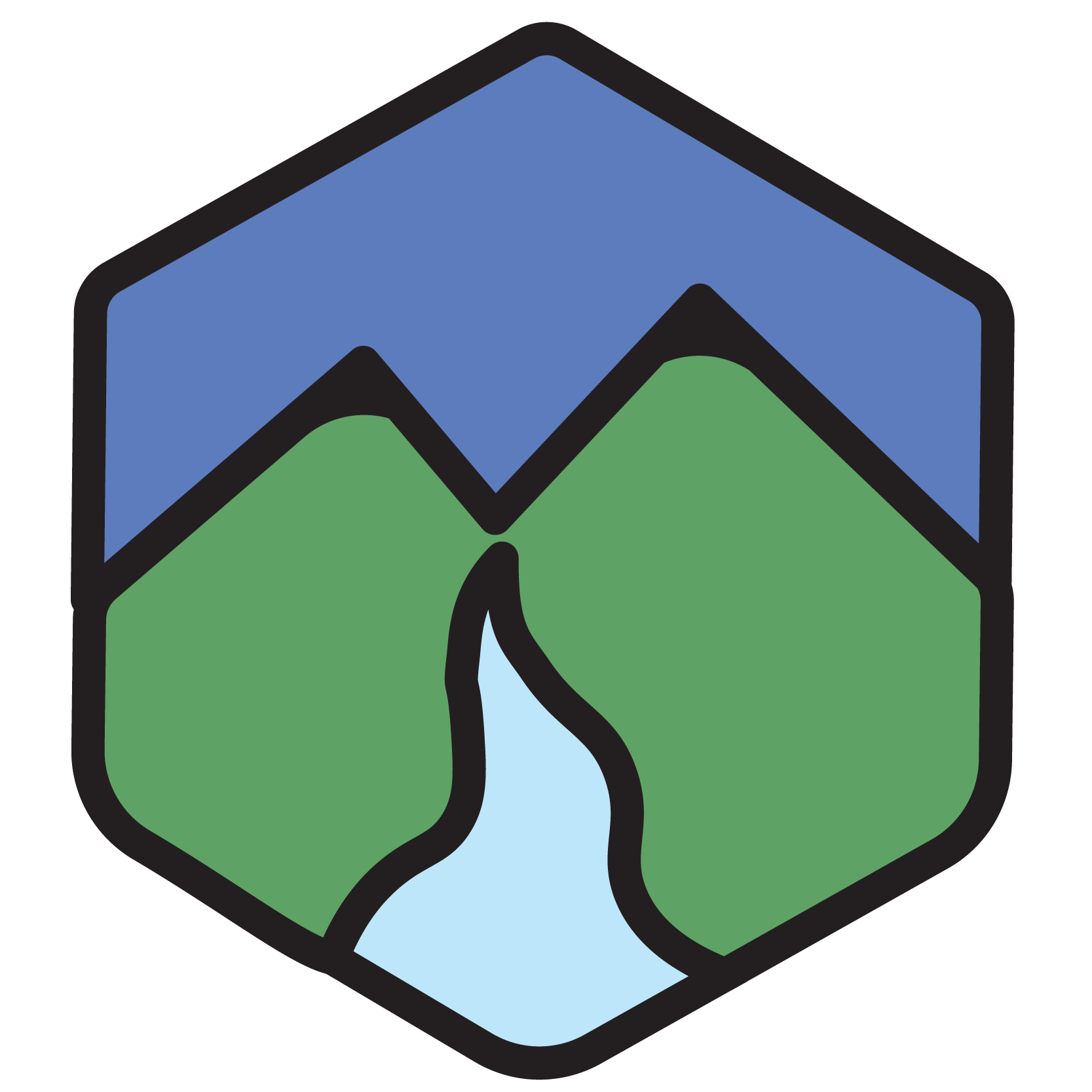The Ohio River drops 400 feet between Pittsburgh, Pennsylvania and Cairo, Illinois, and transforms from an industrial region based on coal and iron to an agricultural region.
In the late 18th and early 19th centuries, the Ohio River served as a superhighway for frontier commerce and pioneer expansion. Many prominent names from our history books, George Washington for instance, have graced the valley and have forged the nation we have become today with resources provided by the river and its residents.
At the end of the 18th century, the Ohio River served as a boundary to the frontier. The new American nation had recently acquired lands they named the Northwest Territory and settlers from the New England states organized the first permanent settlement in present day Marietta, Ohio.
By the beginning of the 19th century, settlements began to take root in the new territory and Ohio was adopted into the United States in 1803 as the 17th state. Settlers cleared the land and used the timber to construct and heat their homes and businesses, and to manufacture boats and implements. They used the waterways to power their mills and export their products, and the game they harvested was used for food, clothing, and bartering.
Other natural resources found throughout the area such as sulfur, sand, stone, clay, salt, iron ore, coal, oil and natural gas have employed generations of workers.
Many of America’s methods of progression and development throughout the 19th century were rooted in practices that Southeastern Ohio pioneers developed to overcome necessity.
Ephraim Cutler led America’s first cattle drives from Southeastern Ohio across the Ohio River and the Appalachian Mountains to eastern markets, helping pioneer farmers survive. Cutler, a Federalist, was a natural leader who entered into politics. He acted as a delegate to the Ohio Constitutional Convention, and later lobbied for better infrastructure and education for Southeastern Ohio.
Today, technology has advanced, transportation methods have changed, many of the natural resources have been exhausted, and many of the manufacturing facilities lie in ruin, but valley culture still embraces and displays the pioneer spirit through family traditions, local historical-societies, park systems, county fairs, and the many community festivals across the region that honor the heritage and customs their pioneer-ancestors helped to build.
The projects we are undertaking here at Valley Reality hope to highlight the time-honored culture and traditions of the valley in exciting new ways with 21st century technologies.

